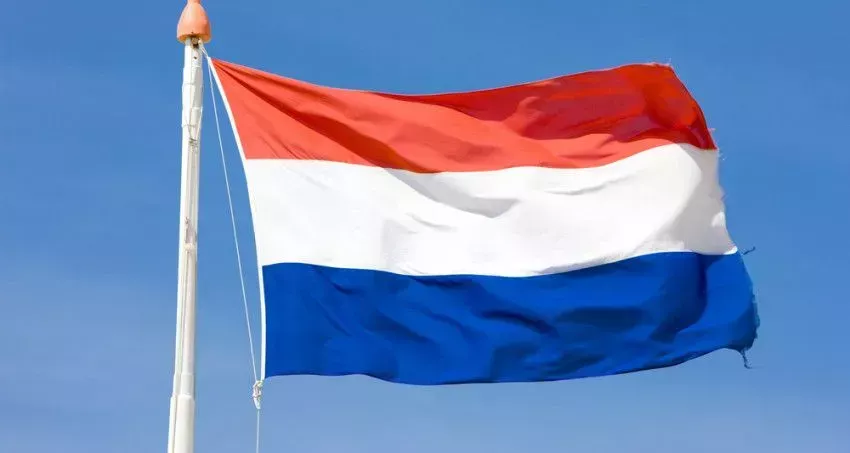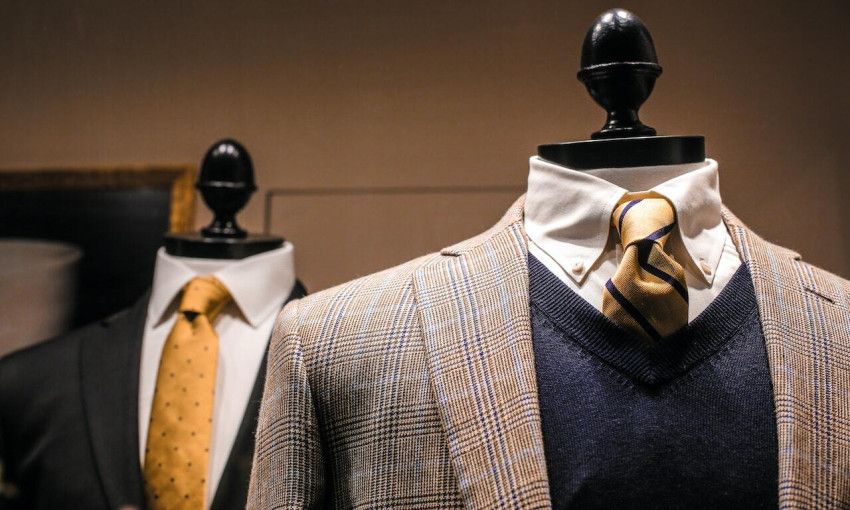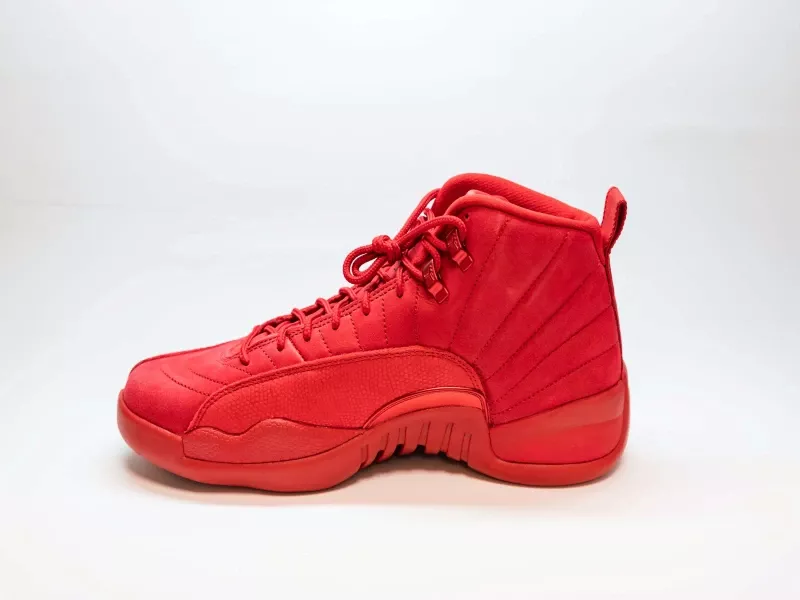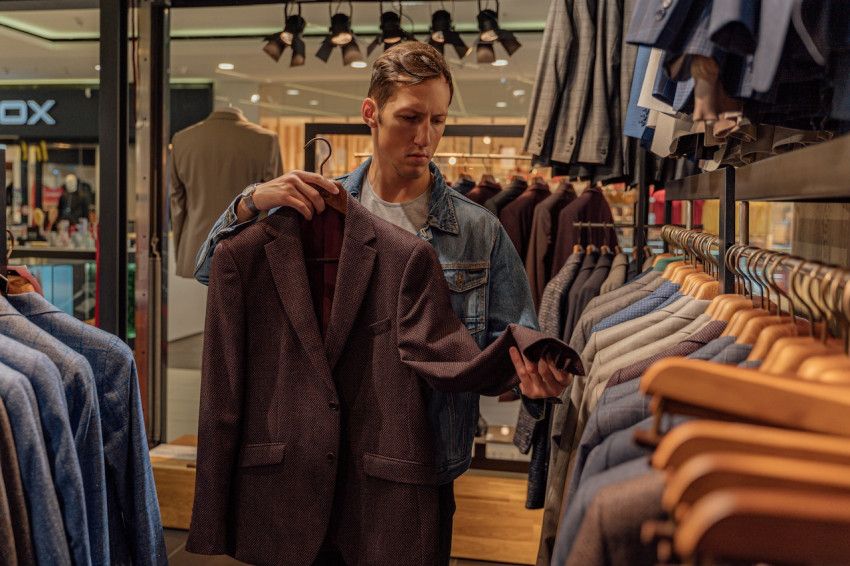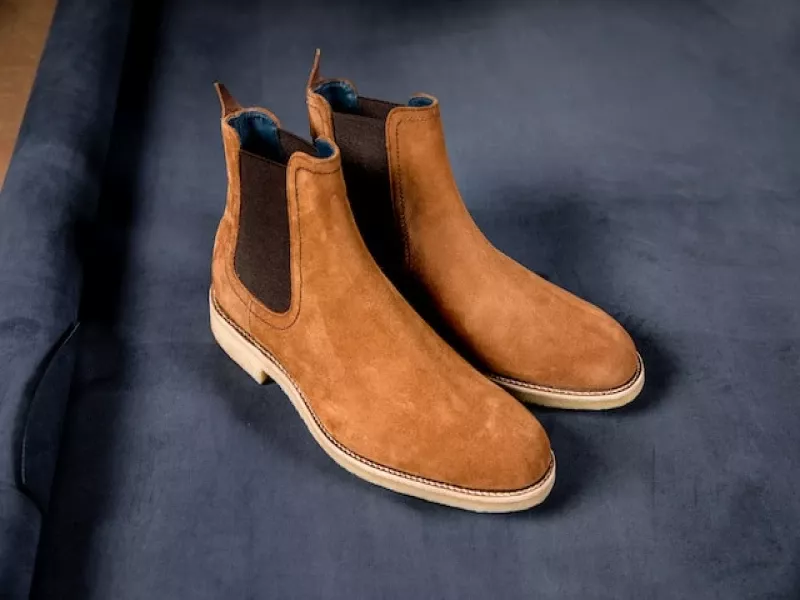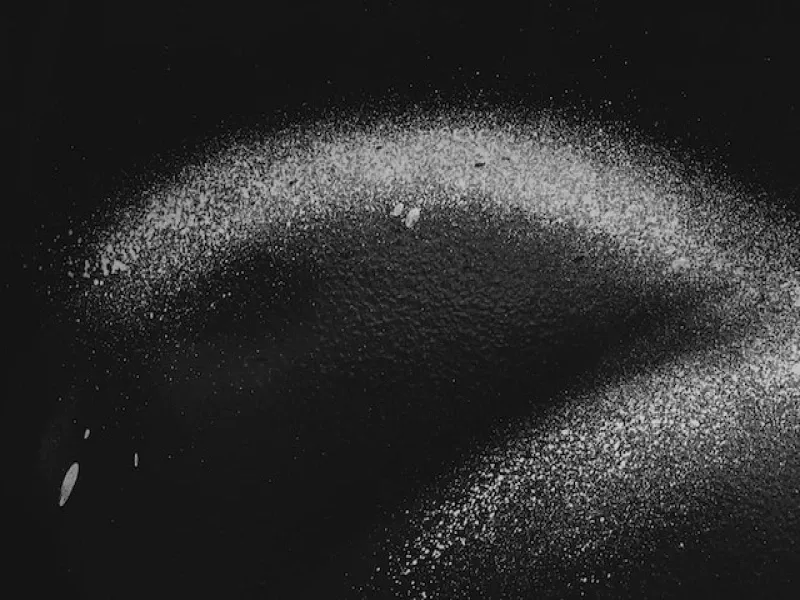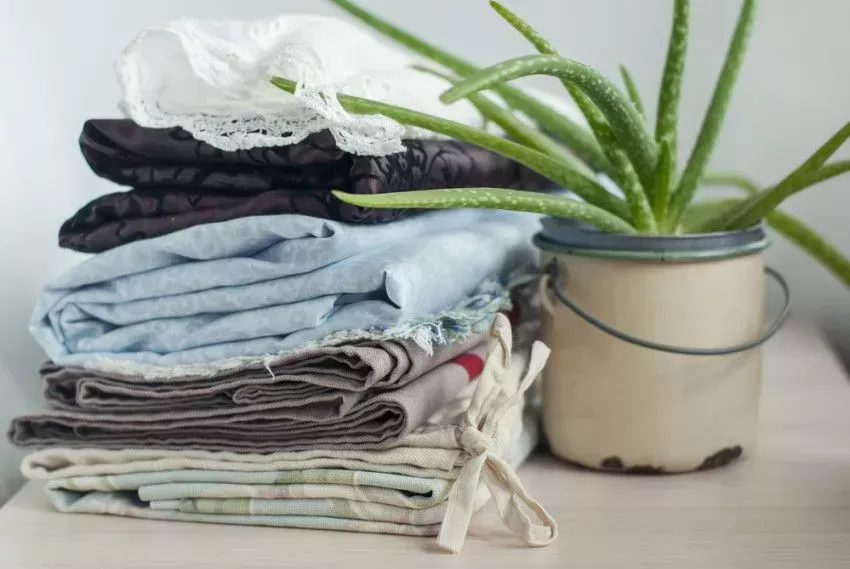
These are the 7 most sustainable clothing materials
Let's make no bones about it: the production of clothing does not make the best contribution to climate change. Yet we want to be able to continue to buy and wear nice clothes and keep up with the latest fashion trends. How can we continue to do this while making sure we take better care of the environment? We can do this by starting to make more conscious choices together about what materials our clothes are made from. To learn more about exactly what this means and how you can do your part to get more sustainable clothing on the market, read on!
We looked for the most sustainable fabrics for clothes. Here, we have assessed the fabrics on a number of important factors that affect the environment. Also, in the case of fabrics made of natural fibers, we assessed animal welfare. First of all, we assess the fabric based on how it was grown. Are pesticides used on the land or on the animals? How much water is required? Next, we look at whether chemicals are used during the production process and to what extent. Finally, we assess whether it contributes to the 'plastic soup' (explanation on this will follow later in the blog), we look at whether a fabric can be recycled and whether it is biodegradable. You can find the result of our research below in the blog! We have made a clear top 6 for you with the most sustainable fabric at number one.
1: Clothing made from Lyocell/Tencel - Most sustainable fabric
You can probably know clothing made from Lyocell by the name Tencel. In fact, Lyocell is a patented fabric and is manufactured by Austrian manufacturer Lenzing. The fabric is a joy to wear: it is as soft and supple as silk and also has a luxurious look. An interesting additional advantage is that Lyocell is priced a lot lower than silk. It is also a strong fabric so it stays beautiful for a long time. Lyocell can be washed at 30 degrees and dries very quickly. After washing, Lyocell may temporarily feel stiff, but once the fabric has dried it becomes soft again.
Tencel or Lyocell is an artificially produced fiber on a natural basis. This means that Lyocell fibers are man-made from a natural material. The fibers are made from wood from specially managed, sustainable South African forests. The wood includes wood chips from the eucalyptus tree. This is converted into wood pulp from which yarns are then spun and fabrics woven. The process involves a sustainable alternative to viscose; a 99% non-chemical solvent is used. In the process, the water used in production is collected and reused.
2: Clothing made of (organic) linen and hemp
Linen and hemp are both sturdy and very breathable fabrics. This makes them not only sustainable but also the ideal materials to wear airy shirts and dresses in the summer. You can recognize these fabrics by the GOTS label in the washing label.
In terms of sustainability, linen and hemp garments compare well with each other. Also, both fabrics are of natural origin. In fact, linen is a natural fiber derived from the flax plant and hemp comes from the hemp plant. Growing both plants requires relatively few pesticides and fertilizers. In addition, there is an even better sustainable option available: organic linen and hemp. Here, no pesticides, fertilizers and genetically modified seeds are used at all.
When producing hemp, it may be noted that this plant grows twice as fast as cotton and therefore yields more crops per year. It does have one drawback: hemp is a rather stiff fabric. Clothing made from hemp must therefore be processed or mixed with other fibers. For example, hemp fiber can be combined with organic cotton to make a softer fabric. Mixing the different types of fibers makes the fabric more difficult to recycle. You can read more about how clothing is recycled a bit further in the blog.
3: Viscose (bamboo) clothing
Viscose fabrics are strong and have a luxurious appearance. For this reason, it is often used as an affordable substitute for silk. Fabrics made using the viscose have both durable and non-durable properties.
For starters, the fabric is made from natural fibers. For viscose, wood fibers are used to make fabric. Bamboo is now a popular and sustainable material for comfortable underwear, among other things, which is converted into clothing through the viscose process. This is because bamboo can grow up to one meter per day and thus provides a good renewable source of fiber. During the growth and harvesting of bamboo, no chemical pesticides are required and only a little water is needed. You can read more about bamboo as a fabric in this blog. However, the associated production process does harm the environment. Many chemicals are used to make yarn from wood or bamboo fibers. However, clothes can be made from the same natural fibers in a more sustainable way. This is called Lyocell, or Tencel.
4: Clothing made from organic cotton
Probably the most well-known fabric for making clothes, as well as other things like blanket covers, is cotton. This means it is always in incredibly high demand worldwide. Some 40 percent of all clothing is therefore made of cotton. Unfortunately, cotton itself is not a sustainable fabric. Cotton comes from the cotton plant. Among other things, it takes an awful lot of water but also pesticides to grow cotton. Because so much depends on it, many chemicals are used to prevent the crop from failing. This is dangerous not only for the environment, but also for the farmers and their workers who come into contact with cotton during their work.
So how can you continue to wear cotton clothing responsibly? You can do this by looking for the GOTS label that indicates that you are dealing with organic cotton. This is because no pesticides and artificial fertilizers are used in the cultivation of organic cotton. When growing the cotton, it is not allowed to use chemicals to make this process easier. However, this does mean that the productivity of organic cotton is 50% lower and more land is needed to produce the same amounts of fiber. Also, unfortunately, this organic production method has little to no impact on the large amounts of water that must be used. Organic cotton is therefore not really sustainable compared to the alternatives just mentioned.
5: Clothing made from organic sheep or alpaca wool
Wool is a natural fiber and comes mainly from sheep - sometimes alpacas. It is a sustainable product that does not require animal suffering. Sheep use their wool to keep themselves warm and keep out water. Therefore, it is a strong, hard-wearing fiber that will keep your wool clothing looking good for a long time. In addition, it is also a breathable material from which, among other things, wonderfully soft, warm sweaters for the winter are made.
The fleece of the sheep can be sheared completely painlessly and grows back by itself. In addition, a sheep is sheared only once a year. If this is done at the right time of the year - not too early in spring when it can still get cold - there are no problems for the animal. The same applies to alpaca wool: the animals' wool is extremely valuable, so great care is taken to ensure their well-being. After all, one sick alpaca is a drain on the farmer's wallet.
For wool, the process can be both very animal-friendly and animal-unfriendly. This depends entirely on how the animals in question are treated. To some extent, you can be sure that the sheep or alpaca has been treated well when the garment has an organic mark such as the GOTS logo. This also means that no chemicals have been used on both the land the animals are on and on the animals themselves to combat fungi and parasites. However, one disadvantage that cannot be avoided is that the animals emit methane gases which do harm nature.
6: Clothing made of (organic) silk
Silk can serve as an environmentally friendly raw material for the production of clothing. No fertilizer is required, nor chemicals for agriculture. In addition, relatively little energy is needed to transform silk into the shiny fabric we are all so fond of. A silk blouse is irresistibly beautiful. However, there is one catch.
It is actually striking how few people are aware of how silk is made. Many people are unaware that silk is an animal fiber. In fact, it is made using the cocoon of the silkworm. A silkworm is a larva of the silk moth that develops into a butterfly by making a cocoon and undergoing physical metamorphosis within it. However, the vast majority of silkworms will never pupate into butterflies. This is because the silkworms are boiled in their cocoons to separate them from the cocoons. This is done because it allows the cocoon to be separated from the caterpillar in one piece. When the cocoon remains whole, it is easier to make long threads with it to weave the silk fabric.
However, it does not necessarily have to be done this way. There are also types of silk such as Àhimsa that wait until the caterpillars have left their cocoons as butterflies. In this way, a hole does appear in the cocoon, making the silk threads shorter. This makes it more difficult to process the silk into a smooth fabric. There is also a lot of color difference with these organically gathered cocoons making it more difficult to dye the fabric evenly. In the end, the final product is as beautiful as non-organic silk.
7: Clothing made from recycled fabrics
Destroying our old clothing provides a missed opportunity. Besides turning in your clothing to donate, you can also turn it in to be recycled. All of the above fabrics are recyclable! To recycle clothing, the different fabrics that make up it must first be separated from each other. When a garment consists of multiple fabrics, some of the quality will be lost during the process of tearing the clothing to get to the original fibers. This makes a shirt made of 100% cotton a lot more durable than a composite shirt. When insufficient quality remains of the fibers to make yarn and thus clothing, other uses are found for them. The fibers are then pressed into a fabric that can be used for padding in furniture or cleaning cloths, among other things.
Incidentally, plastic waste can also be recycled to make clothing. Polyester yarns are made from the plastic. Anything made new technically has more impact than what is recycled. This makes clothing made from recycled materials a sustainable option. However, one disadvantage of clothing with plastic origins is that they contribute to the plastic soup. You can read more about this and how to avoid it so that your recycled polyester sweater is indeed sustainable in the next paragraph.
Plastic soup
The plastic soup is what we call the seas, rivers and oceans full of our plastic. This is what you contribute to every time you use the washing machine to wash your synthetic clothes. This is because these clothes release tiny particles of plastic into the water that are not caught by the filter. This then gets into everything. The animals in the water eat these virtually invisible particles, and so you then eat tuna seasoned with plastic particles. So washing your synthetic clothing - such as acrylic and polyester - contributes to this. Is there anything you can do without throwing all your clothing overboard? Yes there is. To make sure you minimize the amount of plastic from the fibers entering the oceans, you can purchase a special laundry bag. If you are looking for a good laundry bag that stops microplastics, we are happy to recommend the Guppyfriend laundry bag. That way you can continue to throw polyester vests in the wash without worrying.
Read more
Curious about more fashion tips? Check out our other blogs!
- The history of sneakers
- How to care for your jeans
- Ankle boots for women for every day
- How to polish your shoes the right way
- How to combine flat shoes with a dress of skirt
- How to pair boots with a dress
- 10 helpful tips against sweating
Get inspired, compare and purchase clothes and shoes safely and easily online at Dressed.com.
How should you wash synthetic clothing?
